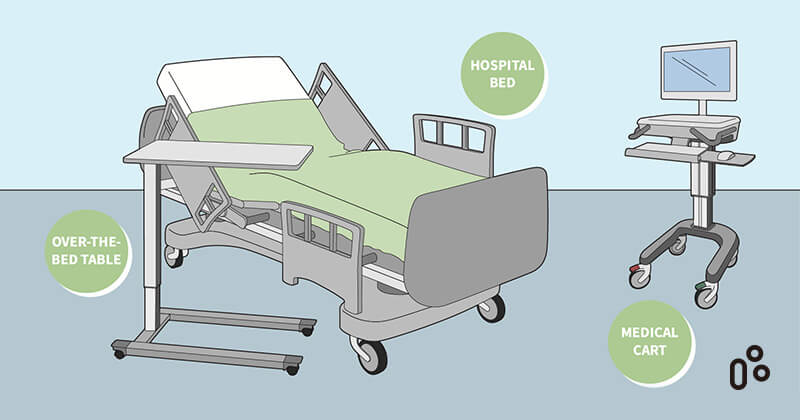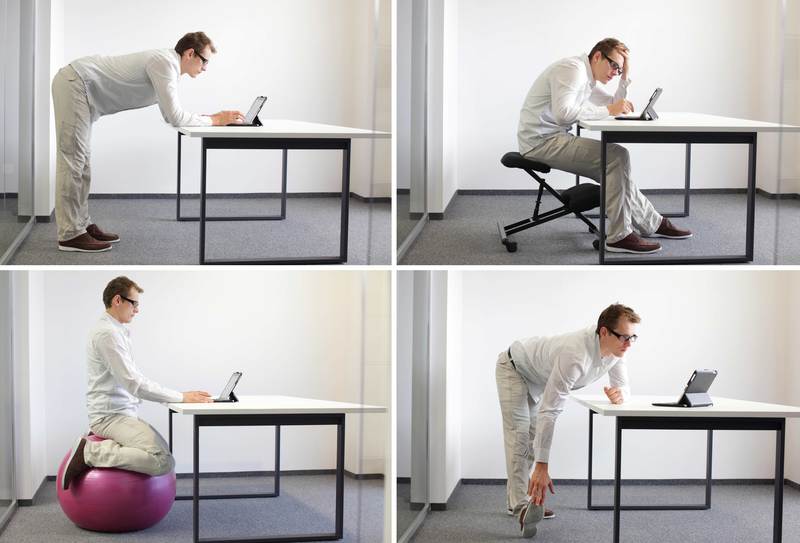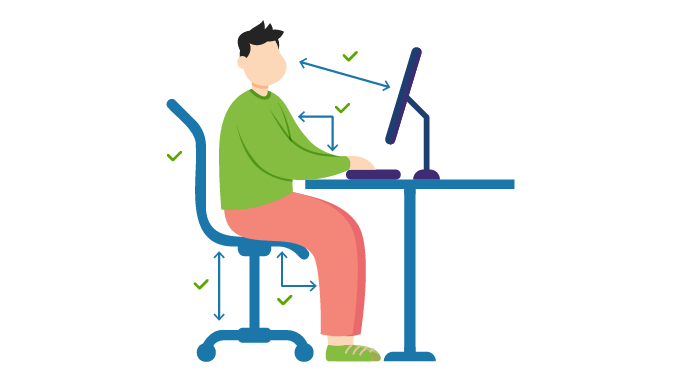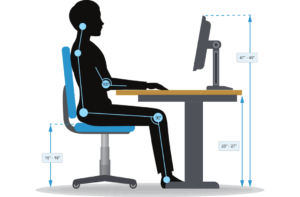Research in Ergonomics and Its Practical Application in Medicine

Ergonomics, the science of designing environments and products to fit the people who use them, has long been recognized for its importance in various fields, including medicine. From surgical instruments to hospital equipment, ergonomic design principles play a crucial role in improving patient care, enhancing healthcare professionals’ efficiency, and reducing the risk of work-related injuries. In this article, we’ll explore the latest research in the field of ergonomics and its practical applications in medicine, highlighting how ergonomic design is transforming the healthcare industry.
1. Ergonomics in Surgical Instruments and Procedures
One area where ergonomics has made significant contributions to medicine is in the design of surgical instruments and procedures. Ergonomically designed instruments are easier to handle, manipulate, and control, allowing surgeons to perform complex procedures with greater precision and efficiency.
Research in this field focuses on optimizing the ergonomics of surgical tools, such as scalpel handles, forceps, and retractors, to reduce hand fatigue and improve tactile feedback. For example, ergonomic handles with contoured grips and textured surfaces provide surgeons with better control and stability during delicate procedures, reducing the risk of hand and wrist injuries.

Additionally, ergonomic principles are applied to surgical procedures themselves to minimize physical strain and fatigue on surgeons and operating room staff. For example, ergonomic operating room layouts and adjustable operating tables allow surgeons to maintain proper posture and positioning throughout long surgeries, reducing the risk of musculoskeletal injuries.
2. Ergonomics in Medical Device Design
The design of medical devices, such as diagnostic equipment, monitoring devices, and patient care aids, also benefits from ergonomic principles. Ergonomically designed medical devices are more intuitive to use, require less training, and are safer for both patients and healthcare providers.
Research in this area focuses on optimizing the ergonomics of medical device interfaces, controls, and displays to enhance usability and reduce the risk of user error. For example, ergonomic design principles are applied to the layout and labeling of buttons, switches, and touchscreens on medical devices to make them easier to navigate and operate, even in high-stress environments such as emergency rooms or intensive care units.
Additionally, ergonomic considerations are incorporated into the design of medical device accessories, such as IV poles, patient lifts, and wheelchair ramps, to improve patient comfort and accessibility. For example, ergonomic handles and grips on patient lifts reduce strain on caregivers’ hands and wrists during patient transfers, while adjustable IV poles accommodate patients of different heights and mobility levels.
3. Ergonomics in Healthcare Workstations and Environments
Healthcare professionals spend long hours on their feet, performing a wide range of tasks in fast-paced and demanding environments. Ergonomics plays a crucial role in designing healthcare workstations and environments to support the physical and mental well-being of staff and optimize workflow efficiency.
Research in this area focuses on ergonomically designing nursing stations, medication dispensing areas, and documentation stations to minimize physical strain and fatigue on healthcare providers. For example, ergonomic seating options, adjustable desks, and anti-fatigue mats help reduce the risk of back pain, leg fatigue, and repetitive strain injuries in nurses and other healthcare workers who spend extended periods standing or sitting at workstations.
Additionally, ergonomic principles are applied to the layout and organization of healthcare facilities to improve patient flow, reduce congestion, and enhance communication and collaboration among staff. For example, ergonomic design considerations are incorporated into the placement of equipment, supplies, and furniture to optimize accessibility and efficiency for healthcare providers.
4. Ergonomics in Telemedicine and Remote Healthcare

The rise of telemedicine and remote healthcare has brought new opportunities and challenges for healthcare providers and patients alike. Ergonomics plays a crucial role in designing telemedicine platforms, remote monitoring devices, and virtual care environments to ensure that they are accessible, user-friendly, and effective for both patients and providers.
Research in this area focuses on optimizing the ergonomics of telemedicine interfaces, such as video conferencing platforms and mobile health apps, to enhance usability and communication. For example, ergonomic design principles are applied to the layout and navigation of telemedicine platforms to make it easier for patients to schedule appointments, access medical records, and communicate with their healthcare providers remotely.
Additionally, ergonomic considerations are incorporated into the design of remote monitoring devices, such as wearable sensors and home health monitoring kits, to ensure that they are comfortable to wear and easy to use for patients of all ages and abilities. For example, ergonomic sensor placement and adjustable straps allow patients to wear monitoring devices discreetly and comfortably throughout the day, facilitating continuous data collection and remote health monitoring.
In conclusion, research in the field of ergonomics is driving innovation and transformation in medicine, from surgical procedures to medical device design to healthcare workstations and environments. By applying ergonomic principles to the design of medical instruments, devices, and environments, healthcare providers can improve patient care, enhance efficiency, and reduce the risk of work-related injuries and illnesses. As technology continues to advance and our understanding of ergonomics evolves, the future of healthcare promises to be safer, more accessible, and more effective for patients and providers alike.


